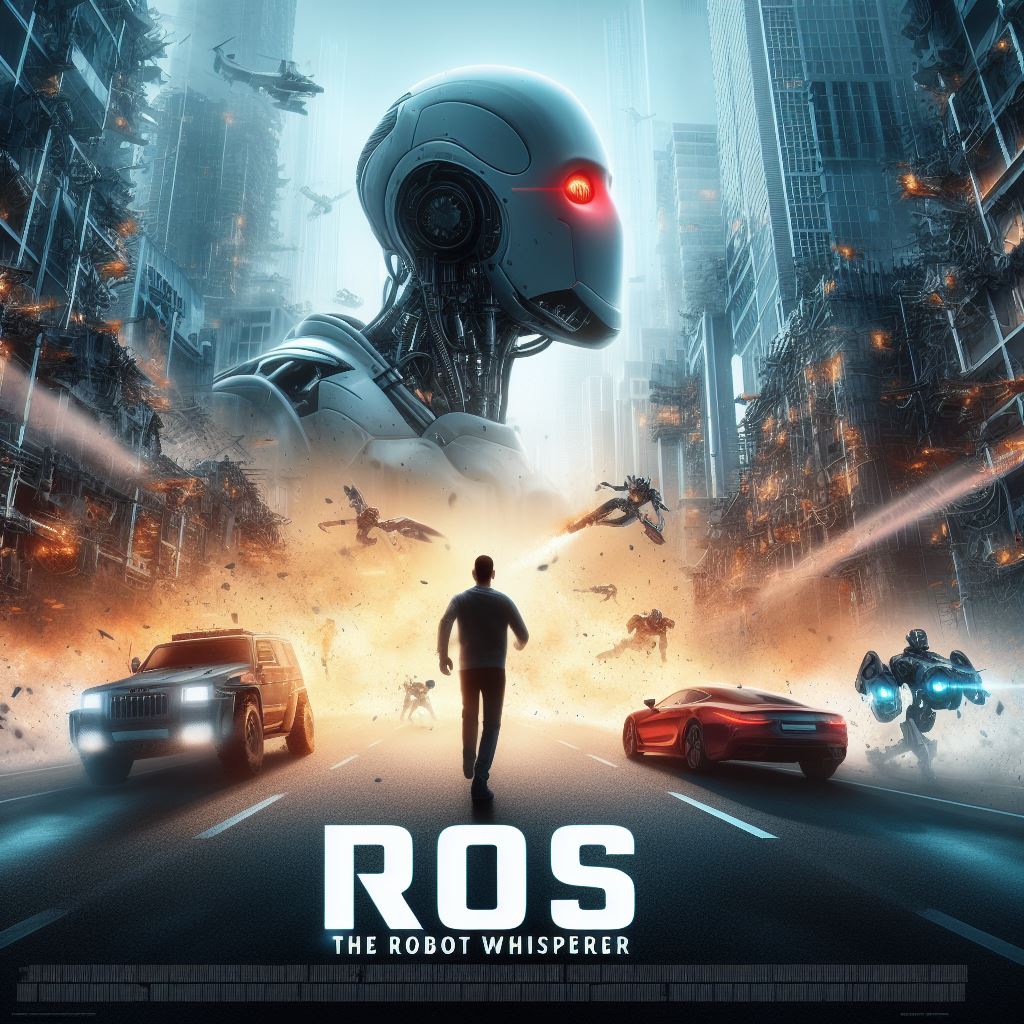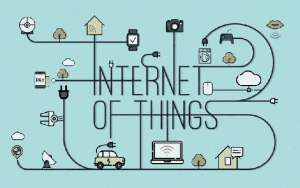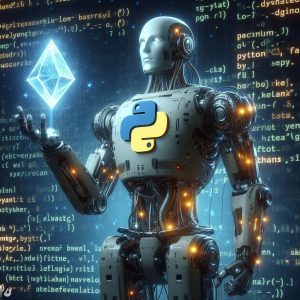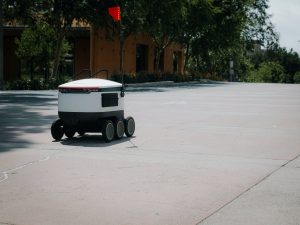The Robot Operating System (ROS) is not an actual operating system. Instead, it’s a set of software libraries and tools designed to help developers create robotic applications
So why “the Robot Whisperer?” Just like a horse whisperer can understand and communicate with horses, ROS is like a robot whisperer. It helps us humans understand and communicate with robots in their language.
Why ROS?
ROS provides services you would expect from an operating system, including hardware abstraction, low-level device control, implementation of commonly-used functionality, message-passing between processes, and package management. It’s widely used in robotics companies, universities, and research institutes for designing, building, and simulating robot models and interfacing them into real hardware
Key Components of ROS
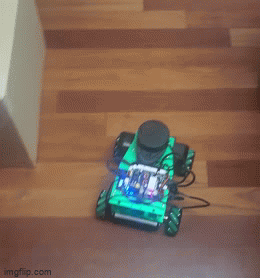
Here are some key components of ROS:
- ROS Node:
A node is an executable that uses ROS to communicate with other nodes. - ROS Message:
Nodes communicate with each other by passing messages. A message is simply a data structure, comprising typed fields. - ROS Topic:
Nodes can publish messages to a topic as well as subscribe to a topic to receive messages. - ROS Service:
The ROS service is defined by a pair of messages: one for the request and one for the reply. A providing ROS node offers a service under a string name, and a client calls the service by sending the request message and awaiting the reply. - ROS Action:
An action is a means of achieving asynchronous client/server communication. The initiating node sends a goal to the action server node, which processes it and sends feedback and results back to the initiating node. - Launch file:
A launch file is an XML file that describes the nodes to be launched and the parameters to set. - URDF (Unified Robot Description Format):
URDF is an XML format for representing a robot model.
Learning ROS
There are many resources available online for learning ROS These tutorials cover everything from installing and configuring your ROS environment, understanding ROS nodes and topics, creating ROS packages, and more.
In conclusion, ROS is a powerful tool for anyone interested in robotics. It provides a robust framework for designing and building robotic applications, making it easier for developers to focus on creating innovative solutions.
Differences between Nodes and Topics
A node is essentially a program or a process that performs computation. In the context of ROS, a node is an executable file within a ROS package. It’s the smallest executable application that can be built and run in ROS. Nodes communicate with each other by publishing messages to topics or by subscribing to topics to receive messages.
While a topic is a name that is used to identify a particular stream of data. Nodes can publish data to a topic or subscribe to a topic to receive data. Topics allow nodes to share information by sending and receiving messages.
In summary, nodes are the active entities in the system (they do the work), while topics are the conduits through which nodes communicate with each other.
ROS in our Daily life

Research:
ROS is heavily utilized by the research community for service robotics applications. It provides a common framework for developing and testing new robotics algorithms and techniques.
Industrial Robotics:
ROS can be applied to industrial robotics, providing a common framework for controlling a variety of robotic arms, manipulators, and other industrial automation equipment.
Medical Devices:
ROS is used in the development of medical devices, including surgical robots and rehabilitation devices.
Agriculture:
In the field of agriculture, ROS is used to control autonomous farming equipment, such as tractors and harvesters.
Home Automation:
ROS is also used in home automation systems, including robotic vacuum cleaners and other smart home devices.
Autonomous Vehicles:
ROS is often used in the development of autonomous vehicles, providing tools for navigation, obstacle avoidance, and path planning.

In Conclusion
If you’re keen to learn more about ROS, explore other digital areas, or have tech questions, remember that NCIE FUTURE INC. is here to help. Our goal? To share knowledge and cutting-edge tech to help build a better and more creative future. As technology keeps changing, we’re here to give expert advice and solutions for all your software and tech needs.
So, get set! Together, we’re planning an exciting journey towards a future filled with technology and innovation. Keep an eye out for our next posts, and let’s move towards a time filled with amazing achievements. Stay tuned – we’ll be back soon! 🚀🌟
Subscribe to our newsletter!

